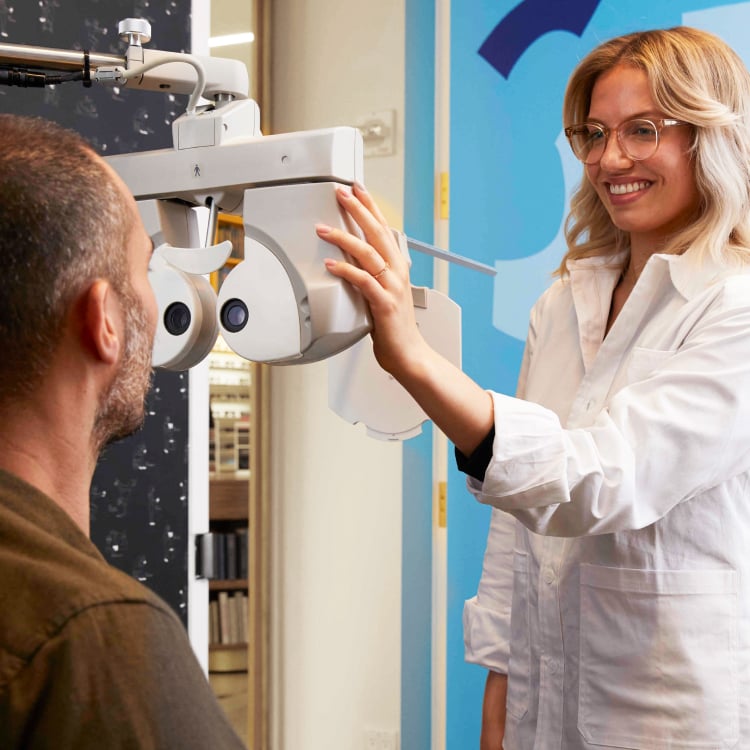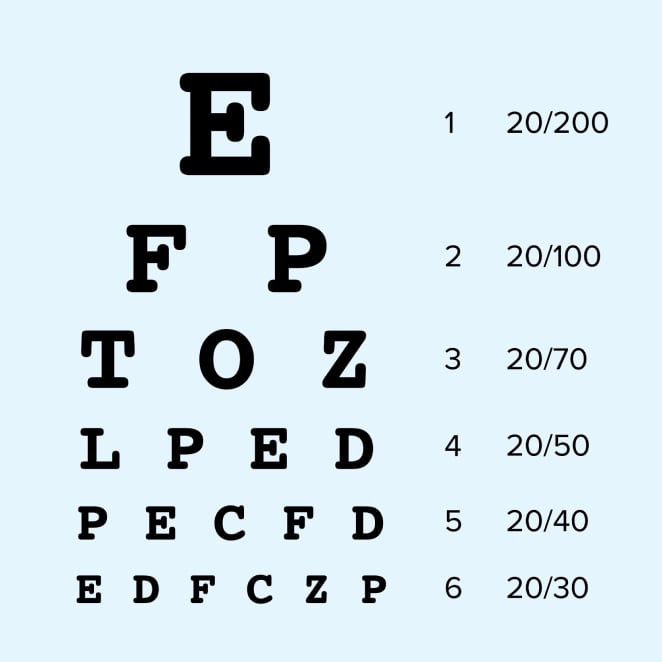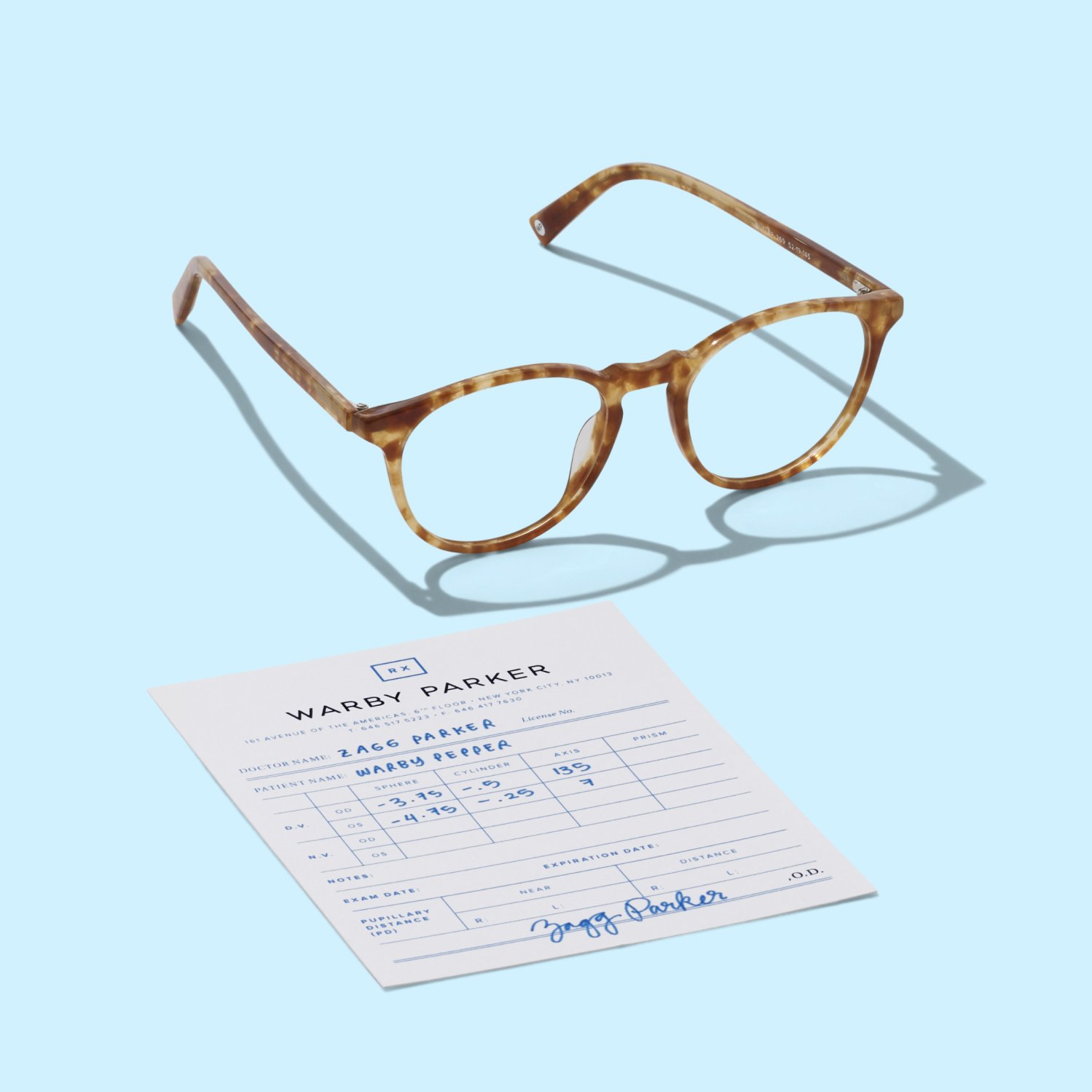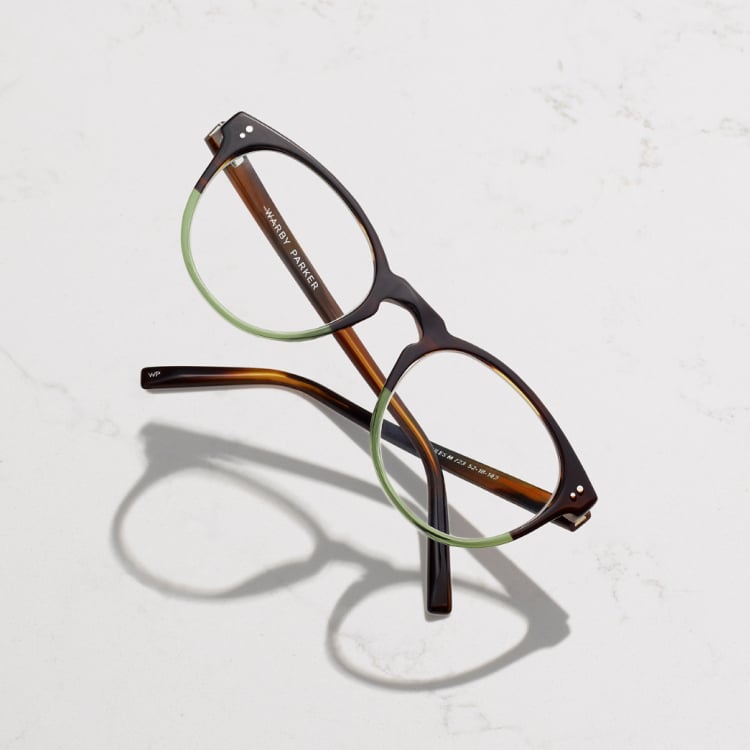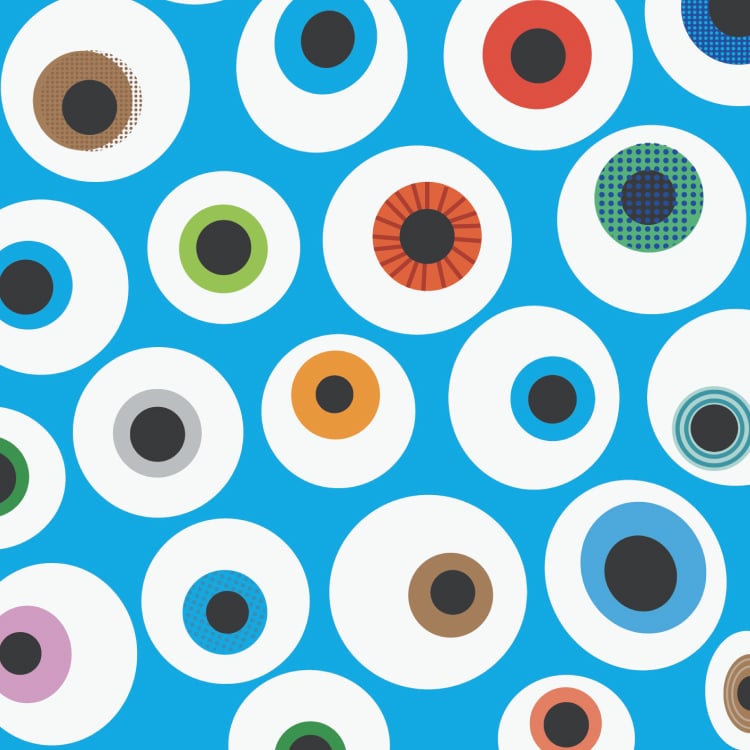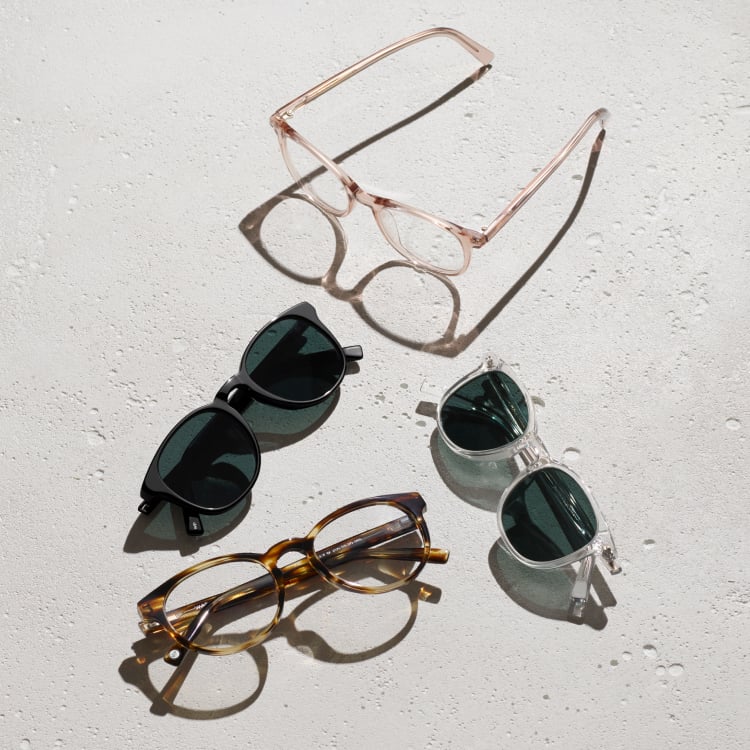When you hear someone reference their 20/20 vision, it’s often a point of pride: “Of course I can read that sign, I have 20/20 vision.” Even the saying “Hindsight is 20/20” implies that 20/20 vision is advantageous or unusually sharp.
But what is 20/20 vision, and is it actually something worth bragging about?
What Does 20/20 Vision Mean?
20/20 vision is a measure of visual acuity. It’s a ratio that was determined to be the ideal average when it comes to a human’s capacity to see.
Visual acuity is typically measured on a standard Snellen chart, which shows letters that decrease in size as you go down. (This is probably the first thing you imagine when you hear “eye chart.”) Snellen charts are standardized, and the letters are set to be a specific size at a specific distance.
The first number is 20, which stands for the 20 feet at which the test is meant to be conducted. (Due to limited real estate, oftentimes this 20 feet is created by using mirrors and/or a digital chart.) The second number is the distance at which the smallest standardized letters (or “optotypes,” as they are called) should be visible.
For example, if your vision is 20/20, it means that from 20 feet away, you can see the smallest letters that should be seen at 20 feet. If your vision is 20/60, this means that from 20 feet away you can only see letters that would normally be visible at 60 feet. Pretty straightforward!
What Is Visual Acuity?
Visual acuity is the sharpness or clarity of your eyesight. People with high visual acuity can see things crisply from far away, whereas people with low visual acuity may require glasses, contacts, or other corrective measures to improve their vision. Below is a Snellen Chart, which is used to measure your visual acuity during an eye exam.
When you can no longer make out the next line of letters from 20 feet away, your eye doctor will be able to measure your visual acuity.
Does Having 20/20 Vision Mean You Have Perfect Vision?
No, 20/20 vision means that your vision is “normal.” Of course, normality is subjective, but in the world of eye health, it just means that your eyesight is about as good as an average person’s. Approximately 35% of adults have natural 20/20 vision.
So, is having 20/20 vision a good thing? Well, that depends on how you look at it (pardon the pun). If you have 20/20 vision without any glasses or contact lenses in place, it typically means that your eyesight is healthy and performing as it should. But it doesn’t mean that your eyesight is super-powerful—sorry!
What Visual Acuity Is Better Than 20/20 Vision?
If you have any number less than 20 as the second part of your visual acuity fraction, then your vision is better than 20/20 vision. A person with 20/15 vision, for example, could read something at 20 feet away that the average person could only read from 15 feet away.
Your next question might be, what is perfect vision? There’s really no such thing—you can have extremely good eyesight, but there’s no “perfect” number to hit. Human eyes don’t seem capable of having visual acuity better than 20/10 or 20/8. And achieving that kind of eyesight naturally, without LASIK or other interventions, is extremely rare.
Eagle eyes, you might be interested to know, can have a visual acuity of 20/5!
What Visual Acuity Is Worse Than 20/20 Vision?
If the second number in your visual acuity fraction is more than 20, then you can’t see as clearly as someone with 20/20 vision.
20/40 vision is the cutoff for obtaining an unrestricted driver’s license in most states, and a best corrected visual acuity of 20/200 means that you’re legally blind.
If You Have 20/20 Vision, Do You Need Glasses?
Unless there’s another underlying eye condition affecting their vision, most people with 20/20 vision won’t need glasses or contacts. But their near vision will still likely worsen around age 40 (when they become presbyopic), and reading glasses won’t be out of the question!
Visual acuity also isn’t the only metric that determines the power of your eyesight. Keep in mind that your optometrist will also check your eye health, color vision, eye coordination, depth perception, and peripheral vision, among other things.
Want to know if you have 20/20 vision? Book an eye exam—but don’t boast about your eyesight until you can out-see an eagle.

